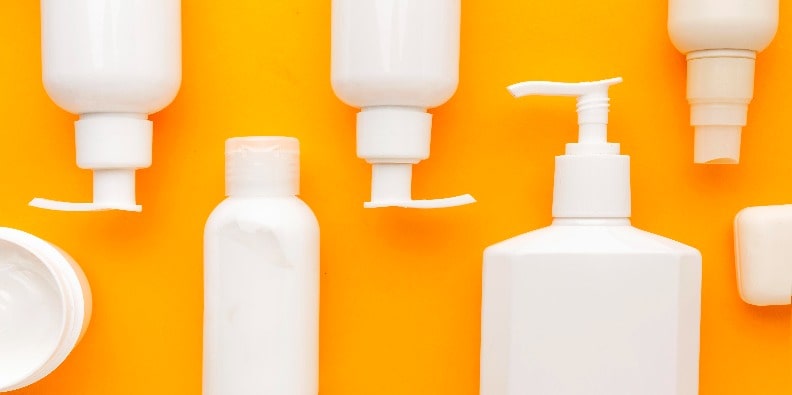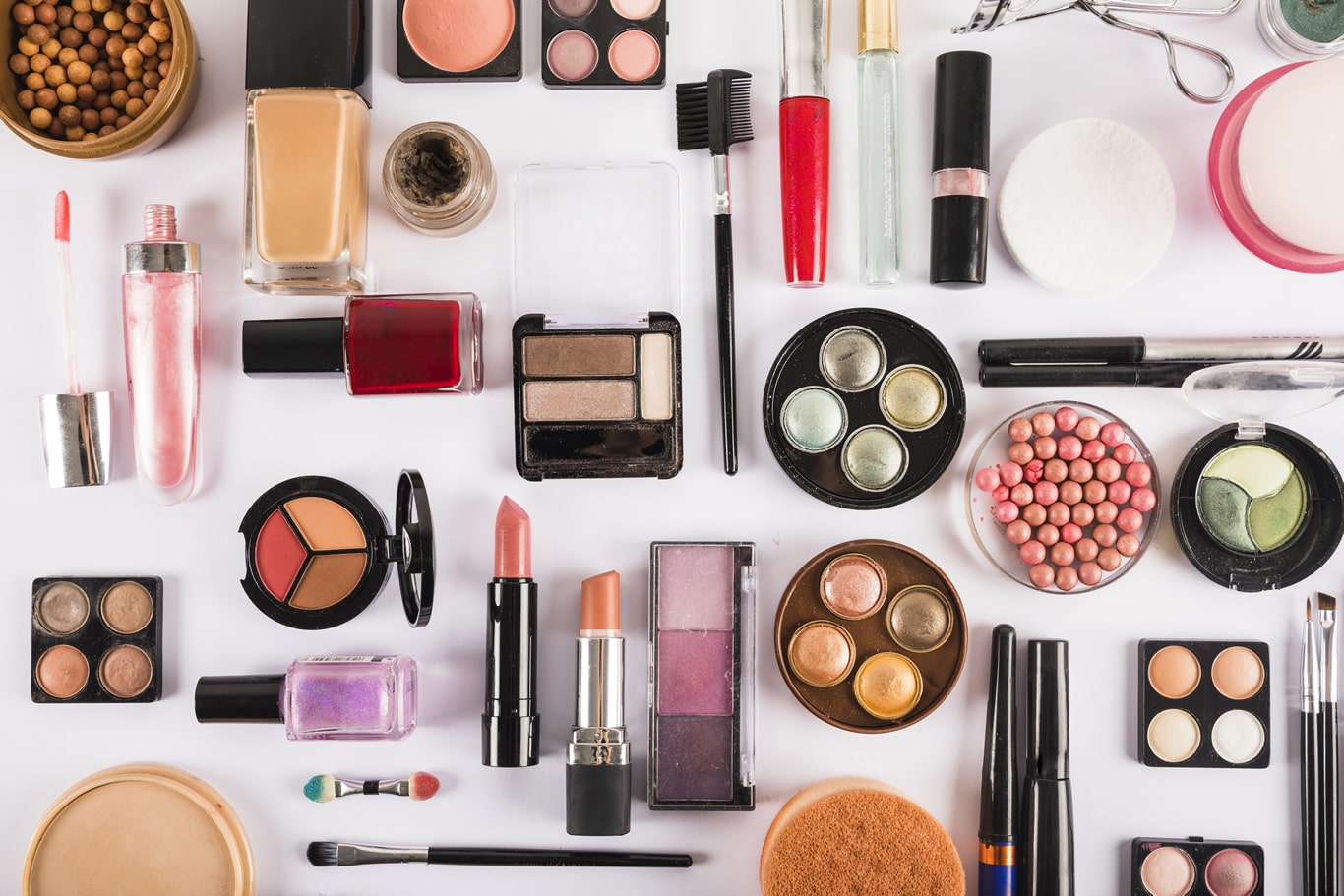Microbiological Analysis

Cosmetic Products and Types
Cosmetic products include products such as make-up, deodorants, perfumes that we use everywhere in our lives. The most important point for cosmetics, which are products in direct contact with the skin, is the microorganism load.
Based on the Guideline on Microbiological Control of Cosmetic Products, it has become mandatory to carry out laboratory studies on cosmetic products. Within the scope of this guideline published by the Ministry of Health, cosmetic product manufacturers are obliged to produce in accordance with the Good Manufacturing Practices Guideline.
For cosmetic products, risk analysis should first be carried out by taking into account the type of user, application area, possible changes in cosmetic products and pathogenic properties of microorganisms. Microorganisms that should not be present in cosmetic products are Staphylococcus aureus, Pseudomonas aeruginosa, Candida albicans and Escherichia coli.
Cosmetic products are evaluated in two different categories:
| Category 1 |
Products for children under 3 years of age, products for the eye area, products for mucous membranes |
| Category 2 |
Other products |
|
In our laboratories serving in many parts of Turkey, Microbiological Analyses in Cosmetic Products are carried out based on international standards, test methods, and relevant legal regulations with TÜRKAK accreditation.
Aerobic Mesophilic Bacteria Count
We can have an idea about the quality of the products used by counting aerobic mesophilic bacteria in cosmetic products. We can comment on the stages such as raw material storage, production, transportation until the cosmetic products reach the consumer. Aerobic mesophilic bacteria should not exceed 102 - 103 cfu/g for Category 1 and Category 2 products in cosmetic products.
| ISO 21149 |
Cosmetics - Microbiology - Counting and detection of aerobic mesophilic bacteria |
Staphylococcus aureus Count
Staphylococcus aureus are microorganisms that adversely affect human health and are usually found on the skin and mucous membranes of the mouth and nose, skin of the hands and feet, hair follicles such as hair and whiskers, and the ear canal. S. aureus can become dangerous in the event of a decrease in body resistance, an increase in the number of bacteria in the body or the formation of enterotoxins. Staphylococcal enterotoxins are not destroyed at pasteurization temperatures, which are thermostable. The presence of S. aureus in cosmetic products is unacceptable.
| ISO 22718 |
Cosmetics-Microbiology - Search for Staphylococcus aureus |
Escherichia coli Search
Coliform bacteria are one of the microorganisms that cause disease and should never be present in cosmetic products. The most well-known and harmful coliform bacteria is Escherchia coli. E.coli lives mostly in the intestines of mammals. Therefore, contamination of food means that the product is somehow contaminated with feces. It indicates that the production, storage and transportation conditions of cosmetic products do not comply with Good Manufacturing Practices.
| ISO 21150 |
Cosmetics - Microbiology - Escherichia coli search |
Candida albicans Aranması
Candida albicans, a type of fungus, is a microorganism that causes oral and vaginal infections in humans. C. Albicans is a microorganism that should never be found in cosmetic products. If it is found in cosmetic products that come into contact with the skin, it causes fungal infections.
| ISO 18416 |
Cosmetics - Microbiology - Searching for Candida albicans |
Pseudomonas aeruginosa Search
Pseudomonas aeruginosa is a microorganism found in soil and water. They are pathogenic microorganisms that cause infection in burns and open wounds, especially in cosmetics that come into contact with the skin. Its presence in Category 1 and Category 2 cosmetic products is absolutely unacceptable.
| ISO 22717 |
Cosmetics - Microbiology - Searching for Pseudomonas aeruginosa |
Mold and Yeast Counts
Molds and yeasts are other types of microorganisms that can contaminate cosmetic products during production and storage. Molds and yeasts, which can survive in a very wide spectrum, are microorganisms that should not be present in cosmetic products. Mold and Yeast Counts are parameters performed as an indicator of whether the products are produced within the scope of good manufacturing practices.
| ISO 16212 |
Cosmetics - Microbiology - Mold and Yeast Counts |

